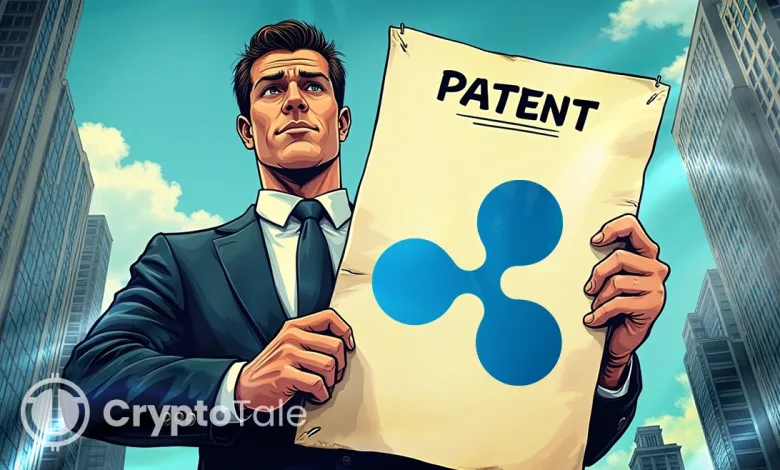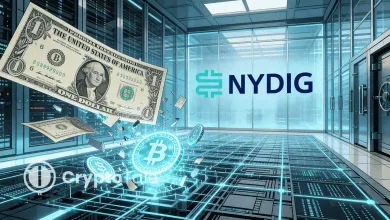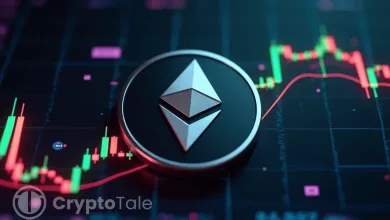Ripple Patent Unlocks Institutional-Grade Consensus for Global Payments

- Ripple secures patent for consensus system enabling fast institutional payments globally.
- The new system allows efficient transaction validation across multiple networks and nodes.
- Patent supports Ripple’s aim to streamline institutional-grade global cross-border payments.
Ripple has secured a new U.S. patent designed to reshape how financial institutions conduct cross-border transactions. The company has introduced a framework called “Temporary Consensus Subnetworks,” which could redefine XRP’s role in global settlements.
The patent enables parties in a transaction to create temporary validator groups. These groups approve transactions outside the XRP Ledger’s standard consensus. The process speeds up validation without sacrificing trust. After approval, the transaction is recorded on the main XRP Ledger.
The method lets the sender and receiver select trusted validators for a specific payment. These validators reach consensus quickly. Ripple says this system solves latency and scalability issues seen in high-volume settlements. Each transaction gets its own validator set, optimizing for speed or security as needed.
For smaller payments, fewer validators might be used. For larger or sensitive transfers, more validators can be selected to boost trust. Once verified, the system logs the transaction on the public ledger. This adds transparency without requiring network-wide validation.
Some observers view this as a step forward in adapting decentralized finance for institutional use. It preserves decentralization but adds flexibility. XRP plays a central role by acting as a bridge asset. The token converts between currencies without friction.
Institutional Use Cases
Ripple’s system could reduce dependence on legacy platforms such as SWIFT. Traditional cross-border payments would cost a lot of money and take days. The goal of Ripple is to provide near-instant settlement. This can promote the use of central bank digital currencies (CBDCs), interbank payments, and the tokenized asset flows.
The patent aligns with Ripple’s efforts to move beyond speculative crypto. XRP is being positioned as a foundational layer for regulated, real-time global payments. Analysts suggest this could make XRP attractive to governments and financial institutions.
The patent also supports real-world asset tokenization. This is a growing trend in regulated finance. Ripple’s approach gives institutions control over how transactions are verified. That makes the system customizable for different regulatory requirements.
Related: Ripple Co-Founder Moves $26 Million XRP Amid Price Surge
Market Reaction and Outlook
Following the news, the price of XRP increased by almost 2% to trade around $3.27. The token had previously dipped to $3.05. The rebound points to a heightening bullish sentiment on Ripple’s prospective strategy.
The new system is seen as more than a tech upgrade. It marks Ripple’s shift toward offering institutional-grade infrastructure. The company appears focused on building a decentralized backbone for global capital markets. The architecture lets financial entities balance transparency, trust, and efficiency. That could help blockchain adoption in sectors with high compliance demands. However, actual implementation will depend on regulatory green lights.
This patented model gives a structure that enables flexibility in regulation without compromising decentralization. With this innovation, Ripple is not just pushing XRP as a currency. It is positioning the token as a key part of the settlement layer. If adopted, this model could redefine how money moves across borders.




